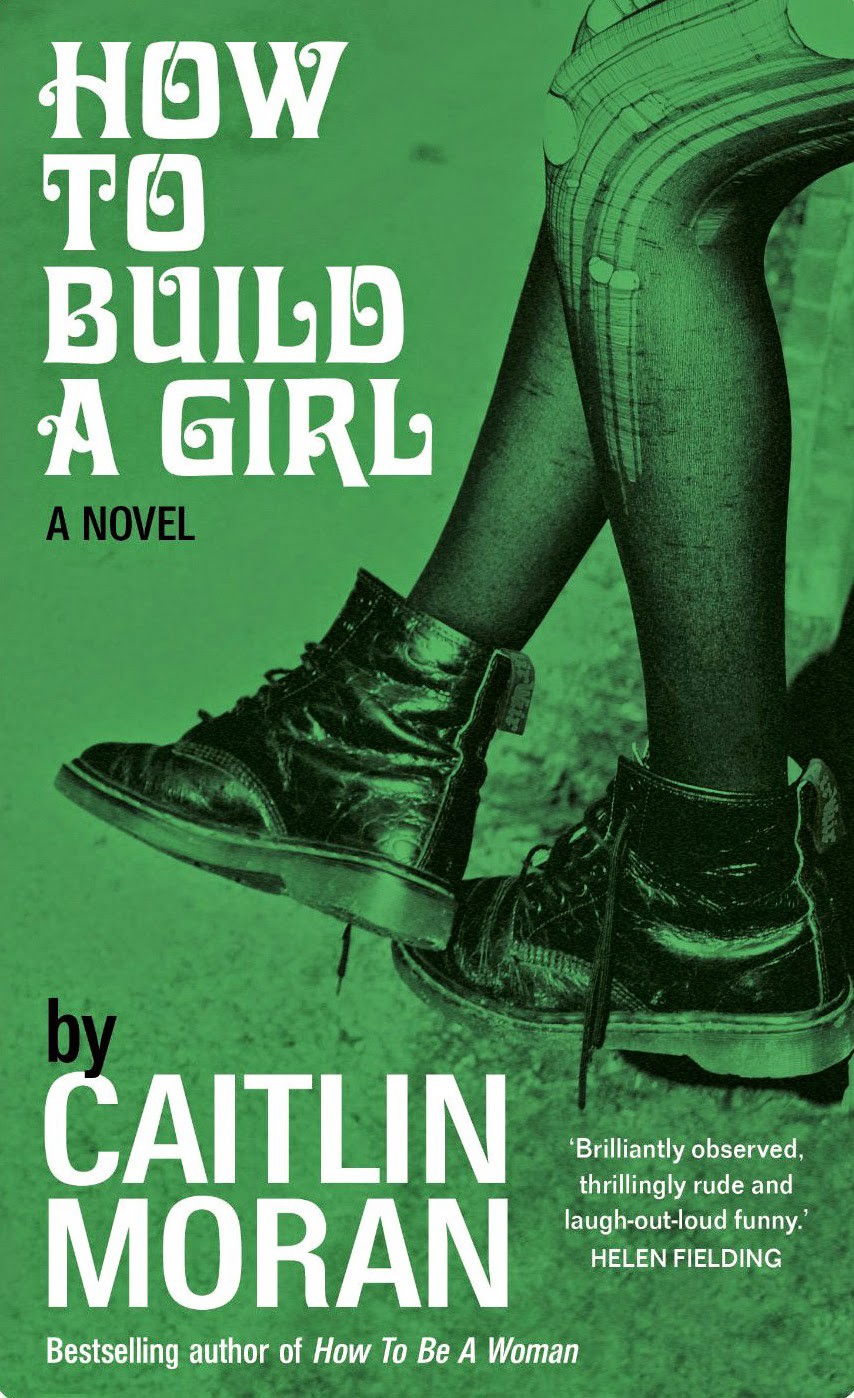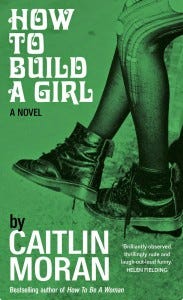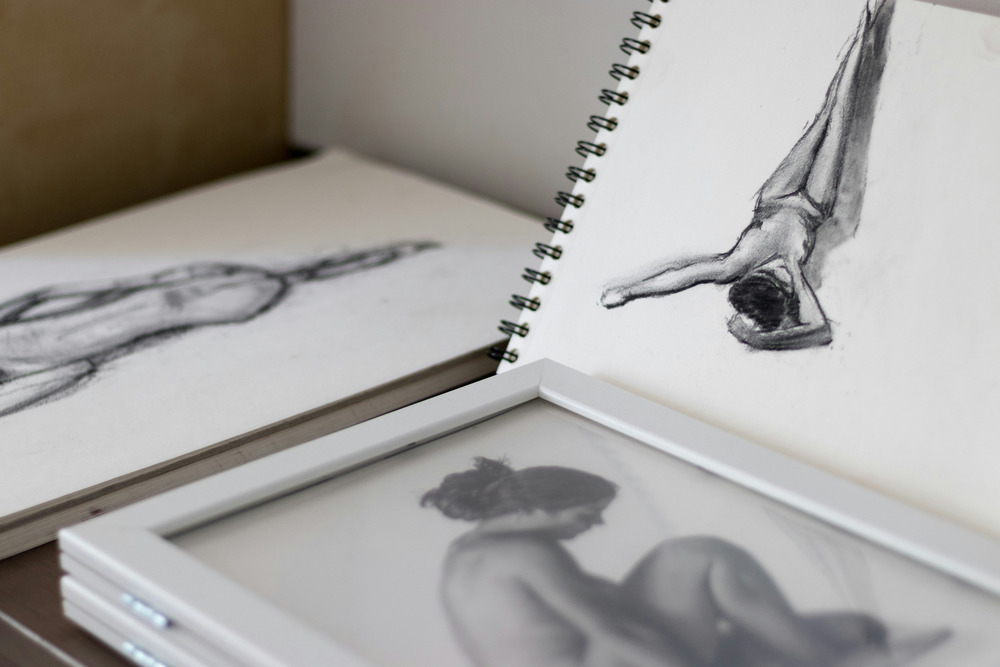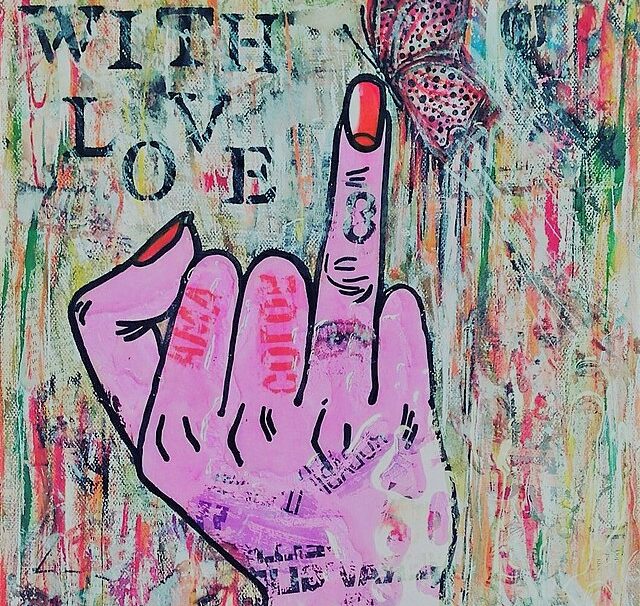Craft
How to Build a Novel About a Teen: on Caitlin Moran’s How to Build a Girl


When I walk into the room to meet Caitlin Moran, she’s wearing a red Hawaiian shirt underneath a blue kimono. She’s just, ya know, hanging out at her publisher’s office on a Saturday, working on one or two of what looks like close to 100 stickies on her MacBook desktop for all her various projects. Her energy is kinetic; she’s warm, friendly, as funny as you might expect, and although she’s a bestselling author and one of the most well-known writers in England, she’s excited and willing to talk about everything from Kate Bush’s recent shows to Dr. Who.
With her latest book and first novel (although her Wikipedia entry does count The Chronicles of Narmo, the book she wroteat the age of 16, among her works), How to Build a Girl, Moran introduces us to Johanna Morrigan. Morrigan is a teenage girl from England’s West Midlands who reinvents herself into Dolly Wilde, a MD 20/20-chugging and lots of sex-having rock journalist. Moran is famous as a bestselling journalist and memoirist, so writing a novel could be tricky territory, especially one with a teen protagonist. As YA fans know, there are simply some adults that can’t write teens. I’ve even had a writer tell me that they didn’t even like kids, but their agent thought YA was a good route for them to try for their next book.
Thankfully, it all works out for Moran. How to Build a Girl is smart, hilarious, fast-paced, and Johanna/Dolly is one of the most unforgettable literary characters you’ll meet in 2014. For anybody who was a weirdo teen without a whole lot of friends, she’s the type of person you either wished you knew or wished you could be. She’s strong but vulnerable, witty, intelligent, and has to keep it all together after dropping out of school so she can go to London to start her journalism career. The novel isn’t too far removed from Moran’s own story, but the novel belongs to her character. “The ratio of truth to bullshit is that of in Little House on the Prairie,” she says. “In that Laura Ingalls Wilder was a pioneer girl, but most of the incidents in those books aren’t things that happened to her. They happened to friends of hers. There are things that she researched. So in that way it’s the same: I’m that pioneer girl. I am that fat, teenage music journalist who goes and has a lot of sex, but a lot of the individual penises that happened to Johanna in the book are not ones that happened to me, they’re ones that happened to friends.”
“I am that fat, teenage music journalist who goes and has a lot of sex, but a lot of the individual penises that happened to Johanna in the book are not ones that happened to me, they’re ones that happened to friends.”
Even though she wasn’t writing a memoir, it wasn’t difficult for Moran to write from the point of view of a teenage journalist venturing into the big city. She could easily conjure up that feeling, she said, because all she did before 16 was sit inside and watch television and movies, so when she finally started going out into the world “everything was so hyper-real.” She lists getting on a train, going to her first rock concert, her first kiss, the first time she went to a party, her first drink, and other firsts in her life that she experienced as a teen, and how she held on to every one of those moments in her head, eventually distilling them into this book that she sees doing something bigger than racking up sales or getting turned into a summer blockbuster.
“The whole reason I wanted to move into fiction is because I am interested in revolution and changing the world. And what I’ve observed through 20 years writing about popular culture and being a fan is that you can change the world.” Moran says that How to Build a Girl is the starting point for a trilogy of books that follows the life of her protagonist into adulthood. She mentions Dickens and Orwell as examples of journalists whose move to fiction helped society confront a number of ills. “It’s amazing that strong girls are getting big at the box office, but these are all kids in a dystopia fighting for their lives,” she says, bringing up Divergent and The Hunger Games. “That would make me a bit anxious if I was a teenage girl and those were the only girls I was seeing. Some days it’s enough of a struggle to get up in a skirt that doesn’t make you feel bodily dysmorphic and walk down the street without getting hassled by some boys.”
How to Build a Girl isn’t a YA novel, mind you. Its protagonist is a teen, but Moran says the book isn’t aimed specifically at younger people. Moran took her cues from other famous fictional teens — from Holden Caulfield to characters in the Brontë sisters’ books — but as she points out, those books weren’t considered young adult literature or even great literature right away. But at their heart, they’re about the same thing as her own book: loner teens. That’s what Moran gets, because that’s what she was. She treats Johanna with a certain amount of care and respect that some authors might not even pay to their adult protagonists. This makes Johanna easy to relate to and How to Build a Girl one of the best coming-of-age books to come out this year.









